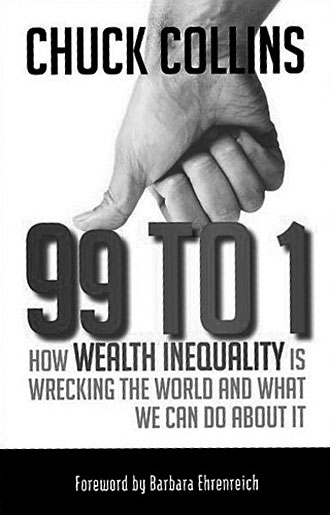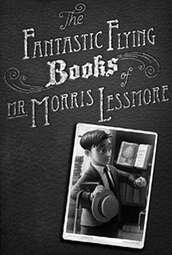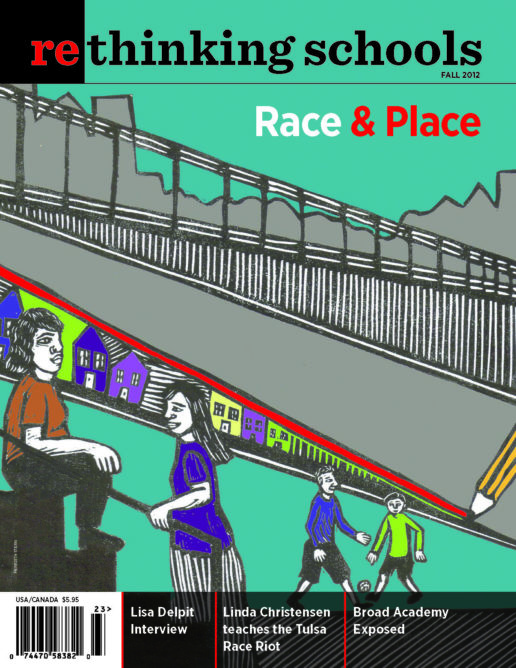Teaching Inequality

By Chuck Collins
(Berrett-Koehler Publishers, 2012)
Speaking truth to students is a central obligation of teaching, but it can also be a source of tension and problems for teachers. This is particularly true when approaching the issue of wealth inequality in our society. Should it be approached as a contingent affair, one that could be eliminated if we only had the will to do it, or should it be accepted as a natural condition? To restate the questions in more charged terms: Is the United States a class society? Is class conflict an inevitable consequence of the mechanisms for the accumulation of wealth and would the elimination of such inequality make us socialistic? Clearly, teaching about social and economic class can be as dangerous as it is necessary at this moment in our history.
Chuck Collins’ book 99 to 1: How Wealth Inequality Is Wrecking the World and What We Can Do About It analyzes wealth accumulation and proposes a program to negate some of it through community-based social action. The book is clear and lucid and does not have the tone of a partisan political tract. It provides discussion points and specific suggestions for the redistribution of wealth, the behavior of markets, and the development of convivial communities. These are all topics that young people need to think and talk about in order to understand the ways in which big money affects their lives.
This short book echoes sentiments of the Occupy movement. Collins suggests the formation of small discussion groups dealing with issues of wealth inequality as an initial step in organizing for larger-scale change. His suggestions provide a way to develop serious economic and social conversation in classrooms and, after school, in living rooms and community centers. However, given the frequent denial that the United States is a class society sounded in the media—think of the way in which Obama has been accused of waging class warfare by the right and how he has denied it—it may make sense to wrap Collins’ book in a brown paper cover when you bring it to school.

The Fantastic Flying Books of Mr. Morris Lessmore
By William Joyce, illustrated by Joe Bluhm
(Atheneum Books for Young Readers, 2012)
On a more antic note, William Joyce’s beautifully illustrated children’s book The Fantastic Flying Books of Mr. Morris Lessmore is about a boy carried away by a flying book that leads him to a house full of books. He spends the rest of his life reading, sharing books with others, and writing the book of his own life. As a very old man he has to leave the house (a clear metaphor for his death) but leaves behind the book of his life, which can now fly. In the last illustration, we see a little girl sitting on the stoop of the house of books, reading the book of Morris’ life. We know she will live her life among flying books and she too will write the book of her life. No preaching, no testing: This book is a powerful testament to the love of books, and the books and stories we all have within us.

